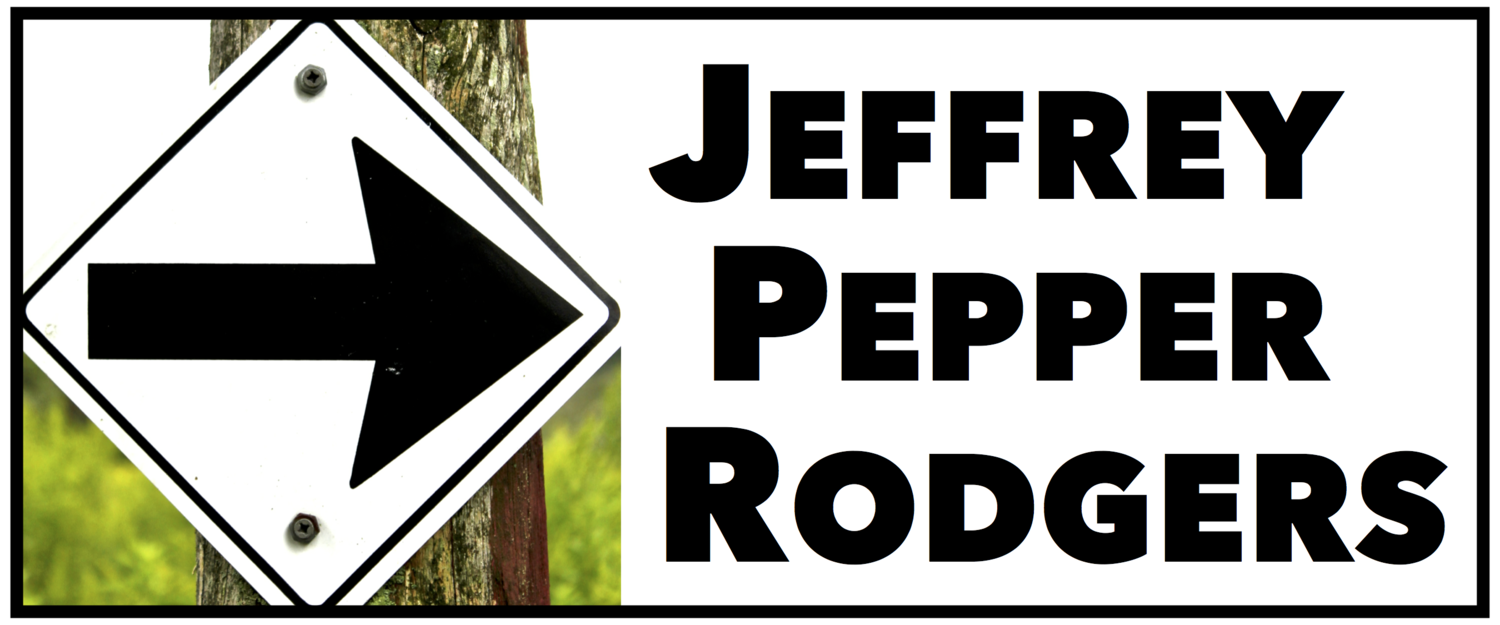How to make the most of playing with two guitars
Let’s say you’re playing with another guitarist and you decide to do a tune you both know in the same key, with the same set of chord shapes.
You can fall right in together and sound fine, but you’re essentially playing the same thing. So how do you go beyond doubling parts like this and take better advantage of having two instruments and two sets of hands?
Creating a full-fledged duo sound doesn’t necessarily require playing anything tricky or fancy. Especially if you’re accustomed to playing solo, what you need to do is adapt your approach to the duo format—by listening closely to both instruments and finding parts that support and enhance each other.
To illustrate, here’s a lesson takes a simple chord progression and shows five strategies for developing complementary duet parts. In the video above, you can see the two parts in each example played separately and then together. Find the full text and notation on the Acoustic Guitar website.
See also this feature lesson on how three dynamic guitar duos work together to create varied arrangements.
Learn more about accompaniment in the multimedia guide Beyond Strumming.

